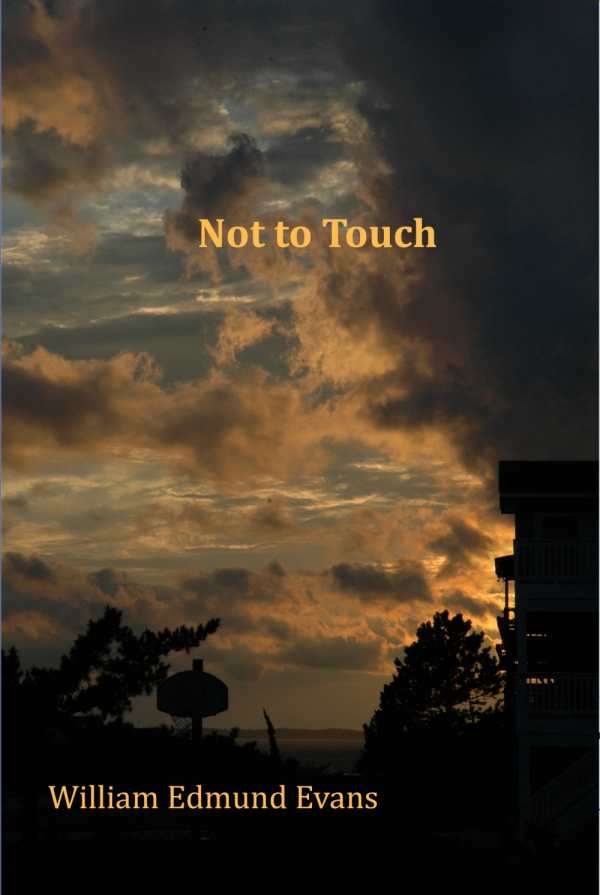Not to Touch
Intense and interesting, this poetry collection features a rawness of emotion deeply felt and adeptly conveyed.
William Edmund Evans’s latest collection of poetry, Not to Touch, is an intense and interesting follow-up to the intimate Dogs and Disturbance, which was a 2014 INDIEFAB Book of the Year Award Honorable Mention in the pets category.
It is difficult to not be simply struck by many of Evans’s well-crafted lines, particularly moments like “the trees / a pale green gauze / tinged a winter starkness” that tease out the beauty of the outer world that can be so difficult to capture with language. Standout pieces like “Birth, What Was to Follow,” “The Dead Cry from their Place,” and the lovely “Dreams of Living on a Point” are full of imagery both tender and stark; all three point toward a rawness of emotion deeply felt and adeptly conveyed.
The poems in this collection are, however, largely focused on people and history, a contrast with Evans’s previous book. Pieces like “After the Last Cotillion” and “Zen Buddhist Lawyer” tell stories about everyday people—a biker and a lawyer, respectively—while poems such as “Hugh Grant Plays Jackson” and “Billy Joel’s Lullaby” bring in top names from popular culture. Allusions to figures in history abound, as do references to places all over the world—Panama, Hawaii, Japan, Cape Hatteras. The result is a collection that feels incredibly broad in scope.
But this breadth of content can at times be overwhelming; at 156 pages, there is so much to take in that, without a clear through line, one becomes easily disoriented. Greater attention to the organization and structure of the collection—or perhaps even a breaking up of the pieces into two volumes along more thematic lines—would allow for a more cohesive reading experience.
There is, however, a great deal of complexity in Evans’s use of language, regardless of subject matter. The poet possesses a keen ability to maintain momentum, as with “Day at the Beach,” which begins, “Slow rollers and / a sun strikes eight / tranquility base // we’ve landed.” This staccato rhythm is evident throughout Not to Touch, so much so that one can’t help but wonder what else Evans’s poetry could be capable of through further experimentation with varying line lengths and breaks.
The extended poem found toward the book’s end, “Photos of Katsura,” will wow anyone with knowledge of Japanese history. Likewise, fans of the poet James Merrill, whom Evans salutes again and again throughout the collection, will find much to enjoy here.
Reviewed by
Margaret Fedder
Disclosure: This article is not an endorsement, but a review. The publisher of this book provided free copies of the book and paid a small fee to have their book reviewed by a professional reviewer. Foreword Reviews and Clarion Reviews make no guarantee that the publisher will receive a positive review. Foreword Magazine, Inc. is disclosing this in accordance with the Federal Trade Commission’s 16 CFR, Part 255.

